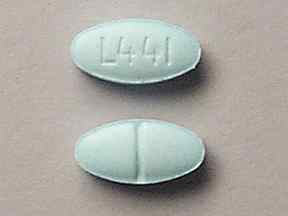Doxylamine Interactions
There are 320 drugs known to interact with doxylamine, along with 8 disease interactions, and 1 alcohol/food interaction. Of the total drug interactions, 19 are major, 299 are moderate, and 2 are minor.
- View all 320 medications that may interact with doxylamine
- View doxylamine alcohol/food interactions (1)
- View doxylamine disease interactions (8)
Most frequently checked interactions
View interaction reports for doxylamine and the medicines listed below.
- Adderall (amphetamine / dextroamphetamine)
- Alcohol (contained in alcoholic beverages) (ethanol)
- Allegra (fexofenadine)
- Ambien (zolpidem)
- Benadryl (diphenhydramine)
- Claritin (loratadine)
- CoQ10 (ubiquinone)
- Cymbalta (duloxetine)
- Dextromethorphan HBr Adult Formula (dextromethorphan)
- Eliquis (apixaban)
- Fish Oil (omega-3 polyunsaturated fatty acids)
- Flonase (fluticasone nasal)
- Lexapro (escitalopram)
- Lyrica (pregabalin)
- Metoprolol Succinate ER (metoprolol)
- MiraLAX (polyethylene glycol 3350)
- Mucinex (guaifenesin)
- Paracetamol (acetaminophen)
- Prozac (fluoxetine)
- Seroquel (quetiapine)
- Tylenol (acetaminophen)
- Valerian Root (valerian)
- Vitamin B12 (cyanocobalamin)
- Vitamin C (ascorbic acid)
- Vitamin D3 (cholecalciferol)
- Vyvanse (lisdexamfetamine)
- Xanax (alprazolam)
- Zofran (ondansetron)
- Zoloft (sertraline)
- Zyrtec (cetirizine)
Doxylamine alcohol/food interactions
There is 1 alcohol/food interaction with doxylamine.
Doxylamine disease interactions
There are 8 disease interactions with doxylamine which include:
- depression
- anticholinergic effects
- asthma/COPD
- cardiovascular
- renal/liver disease
- glaucoma
- liver disease
- resp depression
More about doxylamine
- doxylamine consumer information
- Compare alternatives
- Pricing & coupons
- Reviews (239)
- Drug images
- Side effects
- Dosage information
- During pregnancy
- Drug class: miscellaneous anxiolytics, sedatives and hypnotics
- Breastfeeding
- En español
Related treatment guides
Drug Interaction Classification
| Highly clinically significant. Avoid combinations; the risk of the interaction outweighs the benefit. | |
| Moderately clinically significant. Usually avoid combinations; use it only under special circumstances. | |
| Minimally clinically significant. Minimize risk; assess risk and consider an alternative drug, take steps to circumvent the interaction risk and/or institute a monitoring plan. | |
| No interaction information available. |
See also:
Further information
Always consult your healthcare provider to ensure the information displayed on this page applies to your personal circumstances.


